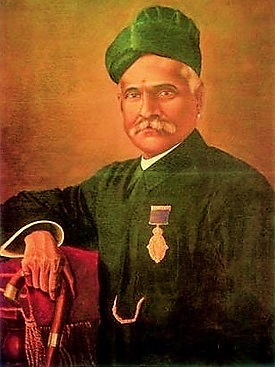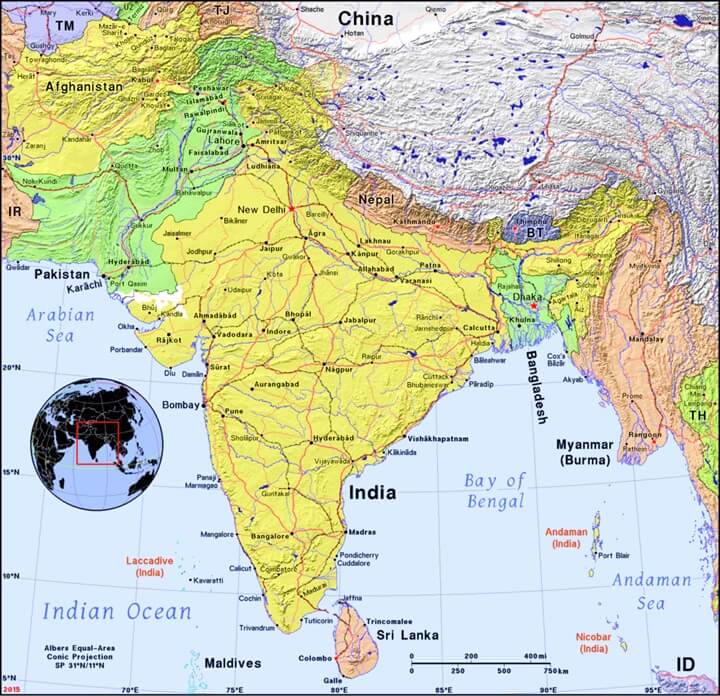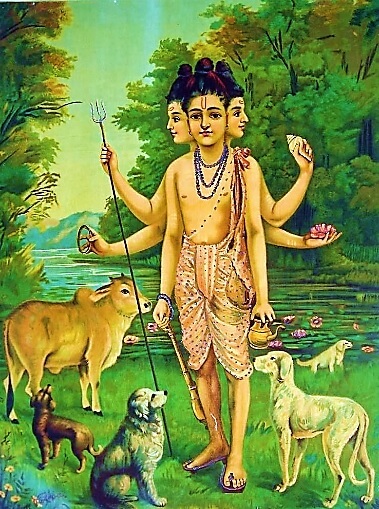Activity 1: Can You Find It?
Find the following in the artwork:
- Three Heads
- Six Arms
- Trident
- Conch Shell
- Water Pot
- Bead Necklace
- Wheel
- Stream
- Mountains
- Sandals
- Lotus Flowers
- Water Buffalo
- Four Dogs
Activity 2: Narrate the Artwork
- After studying the artwork, narrate the scene shown aloud using your own words.
Activity 3: Complete Vocabulary Activities
- While studying the new words, point them out in the painting or the title of the painting.
- Define each of the vocabulary words in your own words.
Activity 4: Color the Artwork

- Click the crayon above, and complete page 36 of 'Art History Coloring Pages for Second Grade.'



